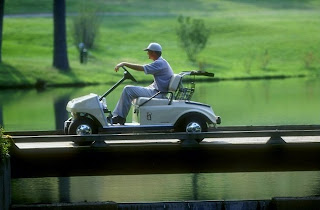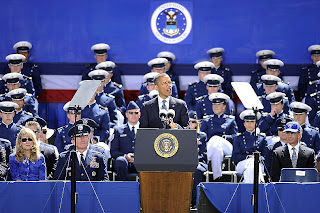The sexualization of young girls and women is not a new topic. Plunging necklines, shorter skirts,
higher heels than I once thought possible are the norm. When my co-worker found a padded push-up bra
for sale in the girls’ section of a department store, I confronted a new low. It was marketed for an 8-year old girl. Again, I asked where is a pretty dress? Or is hot the only way to
go? Is there a woman out there who
models feminine and pretty instead of hot and sexy? I would love some answers.
It seems I found a few in ESPN’s 30 for 30 "Unmatched," a documentary that spotlights two tennis greats Martina Navratilova and Chris Evert from their teenage years on.
It seems I found a few in ESPN’s 30 for 30 "Unmatched," a documentary that spotlights two tennis greats Martina Navratilova and Chris Evert from their teenage years on.
As I watched “Unmatched” I was struck by a number of things: the magnitude of their rivalry, the depth of the friendship and just how feminine America’s sweetheart, Chris Evert was. Overtly, she was not presented as a sex symbol—although I wonder in today’s world if she would be. No she was distinctly, innately and tremendously feminine. And for this very reason, I think Chris Evert is a great role model for women’s sports.
Chris Evert won 90% of her matches, including 125 straight on clay, the longest
winning streak on any single surface. “For 12 years from 1975-1986 only Chris
Evert and Martina Navratilova was the
top-ranked player of the year.” She won 18 Grand Slam championship titles and reached more Grand Slam
singles finals than any player, man or woman, in the history of professional
tennis. I love that she was Sports Illustrated’s 1976 Sportswoman of
the Year.
Evert was a dominant tennis player, but “played like a woman.” She was a master from the baseline. Her strength was her ability to draw a player to the net so she could launch her lethal passing shot. Her serve was incredibly consistent and she was always fit. I love Serena Williams’ style of play because she is so tremendously athletic. She hits for power. Her serve is killer. She is very aggressive. I don’t mean to say that women cannot play like Serena, but many can’t and I never did. I believe Evert presents a style that many females can identify with—she played a calculated game with her strength; strength that played to her build and her feminine nature.
But as we know, looks aren’t everything. And Chrissie is a worthy example for more than her physical self. Many women have been discriminated against because they are too emotional. Chris Evert however was anything but emotional. She was cool and could always keep a straight face. In “Unmatched,” Martina said, “Chris was so strong and so tough mentally. She didn’t look the part, but my God, she was as tough as they get. She was one of the greatest competitors ever. She motivated me to play stronger.” Evert’s a wonderful example that female athletes need not let their emotions get the best of them.
As mentally tough as she was, Evert had a soft side that speaks to the caring nature of women. In the 1976 Wimbledon finals, Martina was losing big time in the first two sets. In fact, she completely whiffed an overhead. Shortly thereafter, standing at the net, Martina guessed wrong that Evert was going to hit her shot cross-court. The ball hit Martina, which doesn’t happen often in singles tennis. Martina said, “I was mortified once again.” Chris immediately pet Martina lovingly on the head and asked if she was okay. The two laughed about it. It was a very tender moment. Martina also thanked Chris for totally accepting her for who she was. She said, “Chris was gay friendly before it was okay to be gay friendly. She was always supportive of me.”
“Unmatched” deepened my respect for both women in different ways. I was saddened by the reality of many challenges Martina faced, one of which is contrary to the point of this posting. Martina was anything but feminine. But in her own way, she too is a wonderful role model for women in sports (another blog posting?).
In spite of it all, Chris Evert remained true to who she was in a simple basic way. She was a great female athlete. She was feminine and fierce, pretty and poetic on the court, unemotional and yet caring. She reminds me that as a female, you need not be a sex symbol. You just need to be yourself, no padded push-up bra required.
Photo Credits
CE and MN serve
Lace Dress
























